Here it is, the last city of my travel route and a return to my homeland… I arrived in Strasbourg (France) on Friday afternoon, welcomed by the rain and by Marion Baudry, who is in charge of a great number of projects – including street naming ! – at 5e lieu, one of Strasbourg’s important institution in matter of culture and heritage. We discussed about the city’s less known history like the architectural changes it went through the last centuries, which is notably part of the criteria for which Strasbourg has been listed as a Unesco World Heritage Site. We will go through them in this last publication!
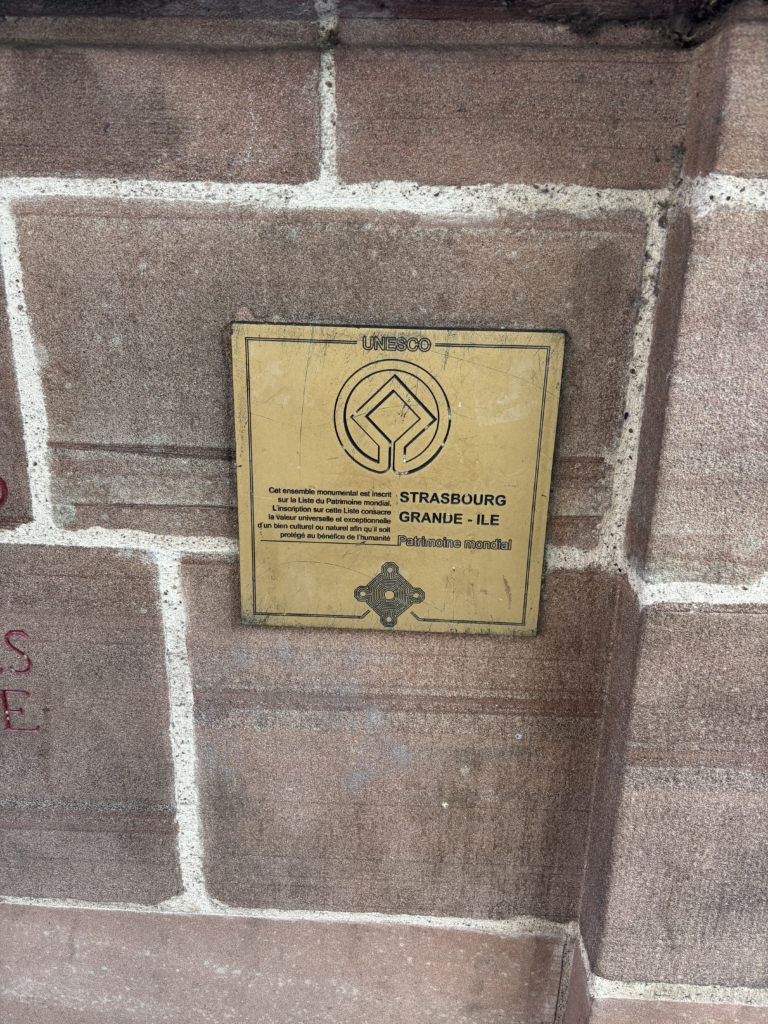
The first area designated as World Heritage is the Grand-Île, the inner island bounded by the Ill River (see on the picture below) listed in 1988. Following the Ill River, we pass next to the Corbeau Bridge and the former Ancienne Douane (Old Customs) built in 1358, now Nouvelle Douane (New Customs), which was once the most important civil institution of the city.
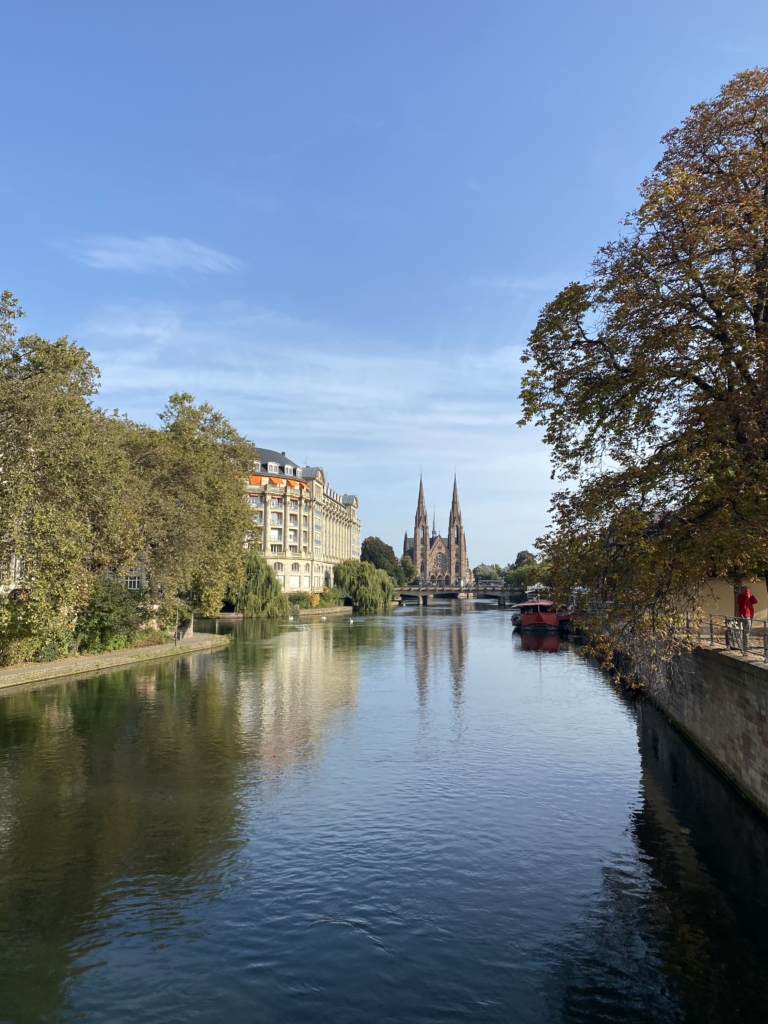
Before pursuing our journey on the Ill River, it is interesting to know that the city of Strasbourg was built around a capital monument : the Cathedral Notre-Dame de Strasbourg. The cathedral foundations date back almost a millennium but it was in construction until 1439.
Place of worship, but also the epicenter of the city around which the different neighborhoods were built, the legends and artists who visited Strasbourg over the centuries witnessed and testified of its symbolic significance both in the heart of Men as for the city’s Skyline. Victor Hugo, who lived a few months in Strasbourg, witnessed some of the city’s historic changes and even dedicated one of his work to the Rhine River. Fiction composed of letters written by a scientific, Le Rhin (1842) takes us on an archeological journey in the cities more or less close to Strasbourg so as in the city itself ! Here is what he wrote about the cathedral ;
L’énorme cathédrale, le sommet le plus haut qu’ait bâti la main de l’homme après la grande pyramide, se dessinait nettement sur un fond de montagnes sombres d’une forme magnifique, dans lesquelles le soleil baignait çà et là de larges vallées. L’œuvre de Dieu faite pour les hommes, l’œuvre des hommes faite pour Dieu, la montagne et la cathédrale, luttaient de grandeur. Je n’ai jamais rien vu de plus imposant. (Lettre XXIX, 08/1839 in Le Rhin,1842).
I couldn’t find an official translation online so the following is a retranscription of mine: The great cathedral, highest summit – after the great pyramid – built by the hand of a man, was taking shape on a background of dark mountains of a magnificent form, in which the sun bathed here and there wide valleys. The work of God made for Men, the work of Men made for God, the mountain and the cathedral, struggled of greatness. I have never seen anything as imposing.
Speaking of facts, its spire rising 142 meters above the ground and its unique bell tower make the Cathedral of Notre-Dame de Strasbourg the oldest cathedral from the Middle Ages that has survived to this day. Just like Prague’s City Hall, it also has an astronomical clock, jewel of the Renaissance, which is listed as historical heritage.
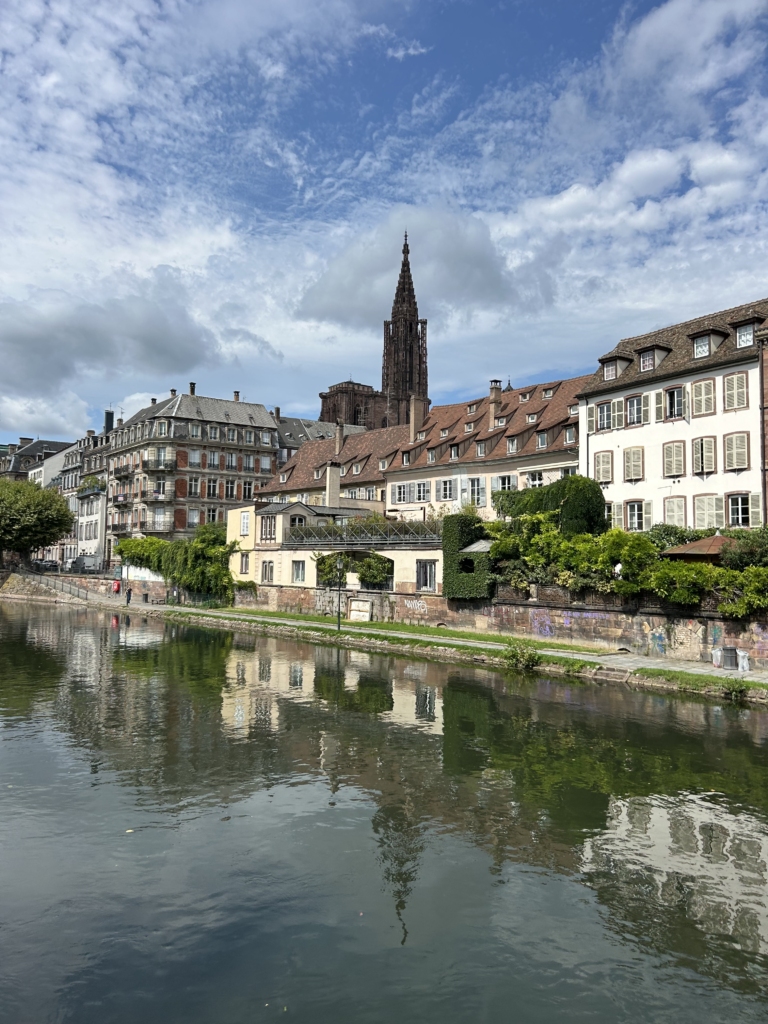
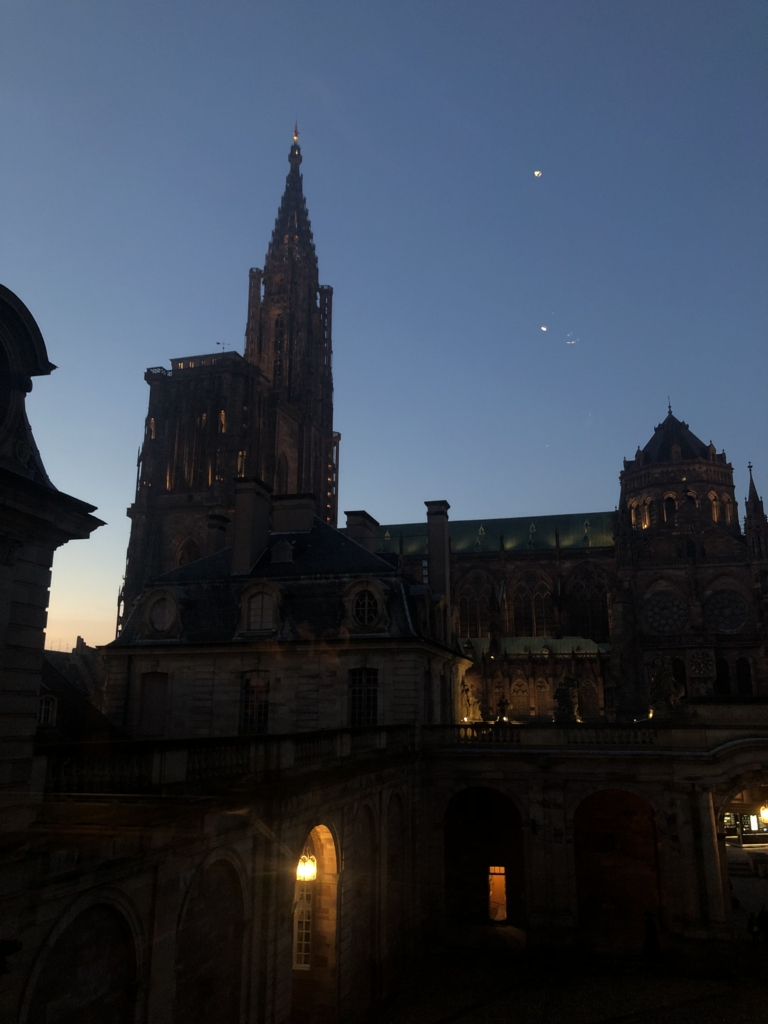
Other stories perpetuate the mystery and prestige around Notre-Dame de Strasbourg: there is a famous legend known by ( I believe every) Alsatian children, which evokes the strange current of air that runs around the cathedral, on the Place du Château, making it always windy : It is said that the Devil once went to Notre-Dame with his horse and run around until he decided to visit it; but in the morning, he found himself imprisoned in one of the pillars of the facade and the horse continued to run ever since… The historic center thus contains multiple stories that bear witness to human heritage and its beliefs!
A few hundred meters lower, we arrive at the lock and the famous district of La Petite France. The pictures below show the southern part of the Grand-Île; the Petite France district is the ‘traditional’ quarter of the city of Strasbourg, famous for its restaurants that serve local cuisine (tarte flambée, spätzle, Baeckaoffe, etc) and its half-timbered houses.
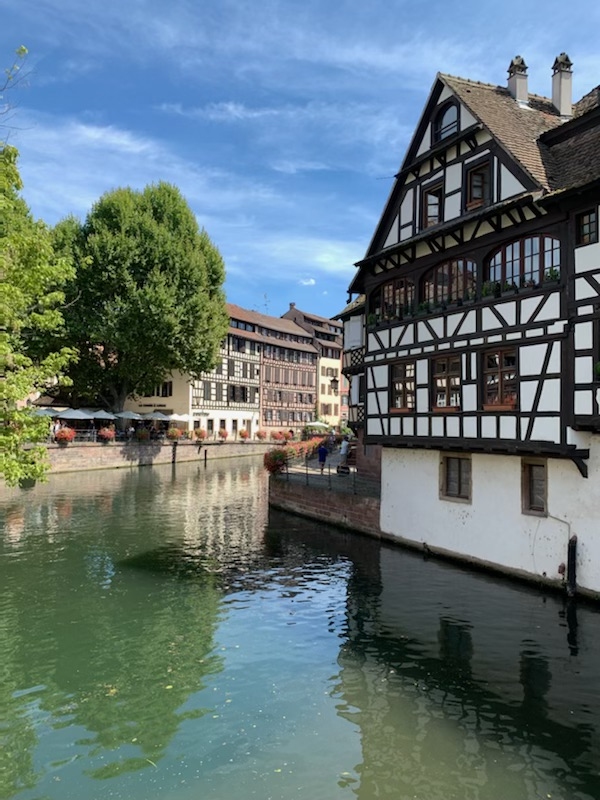
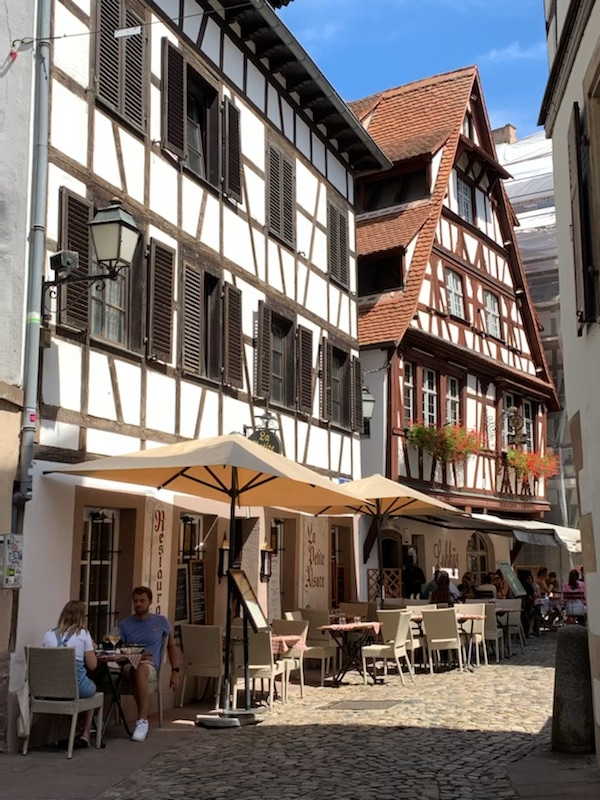
Although the architecture of half-timbered houses does not necessarily originate from Strasbourg itself, this type of dwelling is considered to be part of the architectural heritage because of the very advanced technique it requires and the ancestral traditions it reflects. Entire Alsatian villages kept their half-timbered houses in a remarkable state of repair, which is why these houses became an attraction to themselves and are a very precious trace of the past civilisation. It is also in the Petite France district that most of the city’s corporations had settled. Nowadays, they were replaced by institutions or shops but they still gave their name to streets all over the city : Quai des Pêcheurs (Fisherman’s wharf), Quai des Bateliers (Boatman’s street), Rue des Bouchers (Butcher’s street), …
Outside of the historic center, the print of the Prussian occupation (1871-1918) shows a rupture in Strasbourg’s former architecture. The Neustadt district, which was added in 2017 to the area listed as World Heritage Site, is therefore completely different than the city center in terms of architecture and urbanism.
Bombed in 1870 followed by the invasion of Prussian troops, not only Strasbourg but the whole Alsace-Lorraine region is attached to Germany by the Treaty of Frankfurt. The Prussian government then wishes to make the city a ‘showcase’ of German knowledge and develops a vast urbanization plan organized around an imperial square (today Place de la République), home to many of the largest institutions of the city: the Palais du Rhin, the court of law, the university library, and further along the university palace and the Avenue des Vosges, one of the major axes and the longest (1.2km) avenue in Strasbourg. The two buildings on the pictures below face each other.
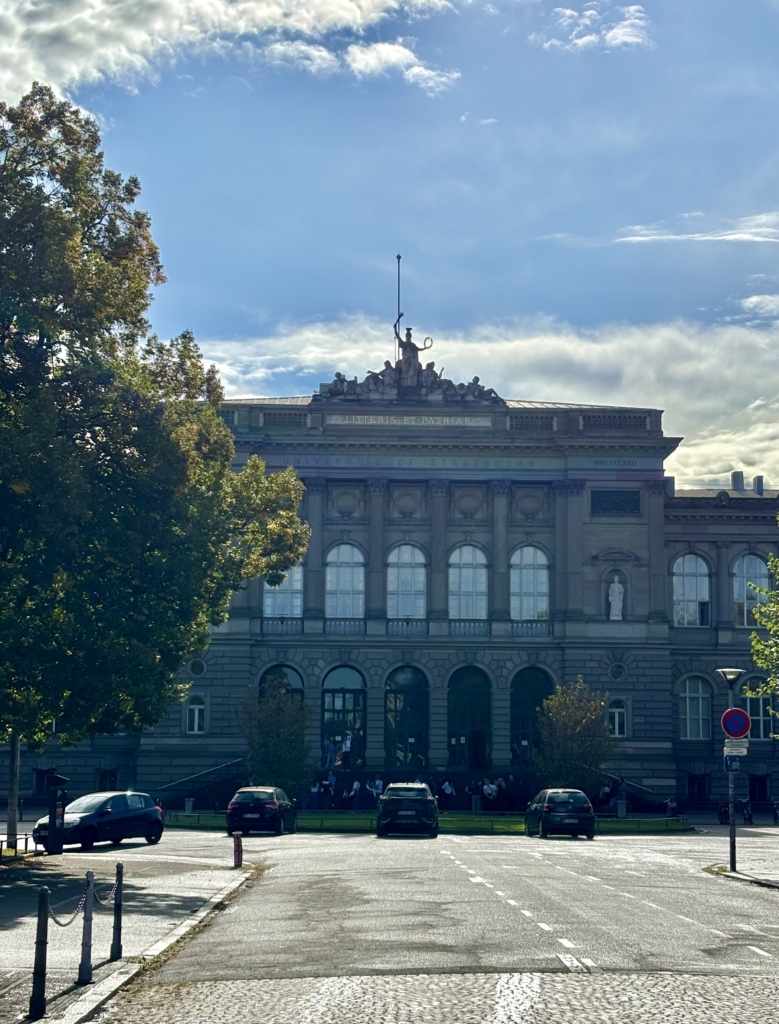
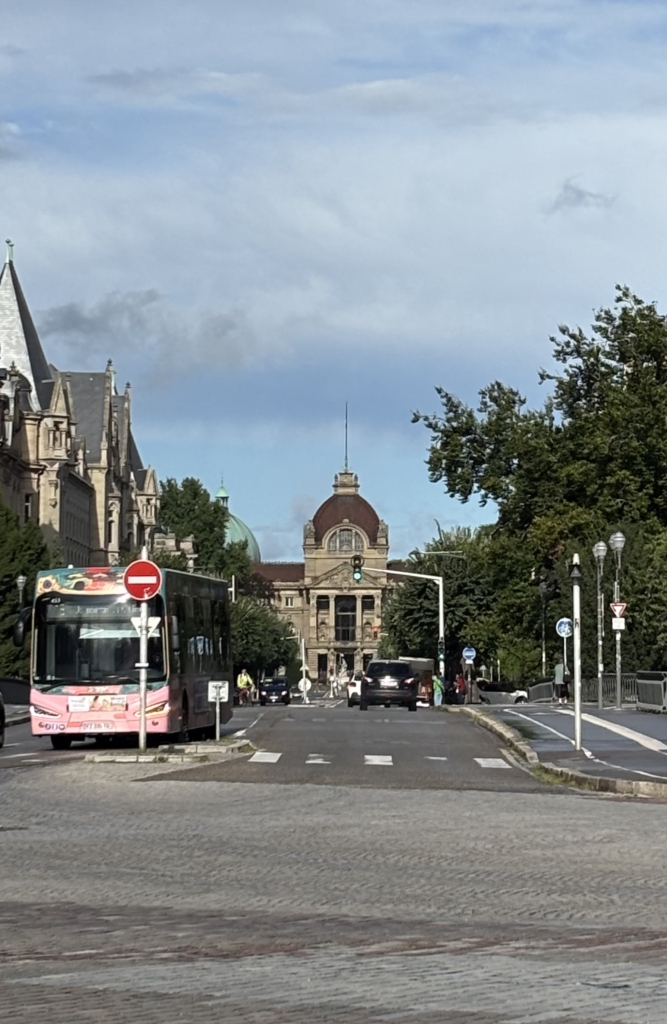
From a cultural point of view, the attachment of Alsace to Germany forced the (French-speaking) inhabitants to speak German; then, when Alsace became French again in 1919 (Treaty of Versailles), the change was even more extreme since people who grew up learning German not only had to speak French overnight, but they also had to change their nationality under penalty of expulsion. It is in this context that Albert Schweitzer, a committed doctor, Nobel Prize in 1952 and grandfather of Jean-Paul Sartre (philosopher and companion of Simone de Beauvoir) was born and grew up in the city of Kaysersberg, around 80km south of Strasbourg.
During the Second World War, Strasbourg experienced a second period of hard Germanisation during which some of the institutions built between 1871 ans 1918 were under the hands of the Nazi regime. The university palace and the national university library for example have very special archives of this era of occupation (medical experiments…)
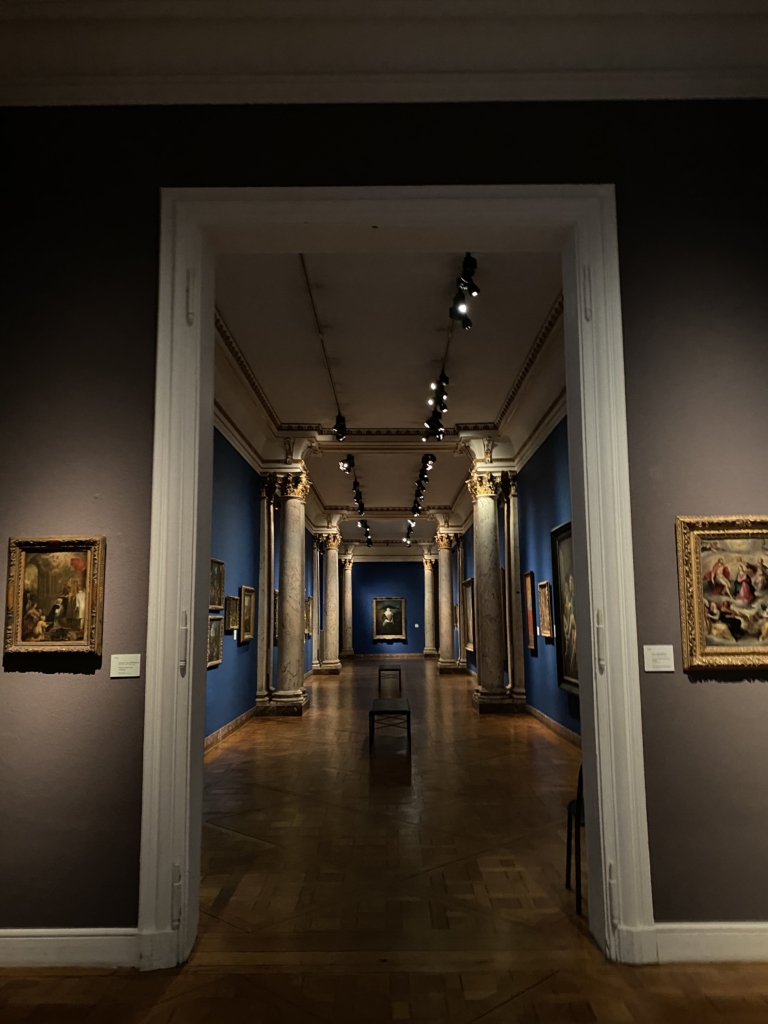
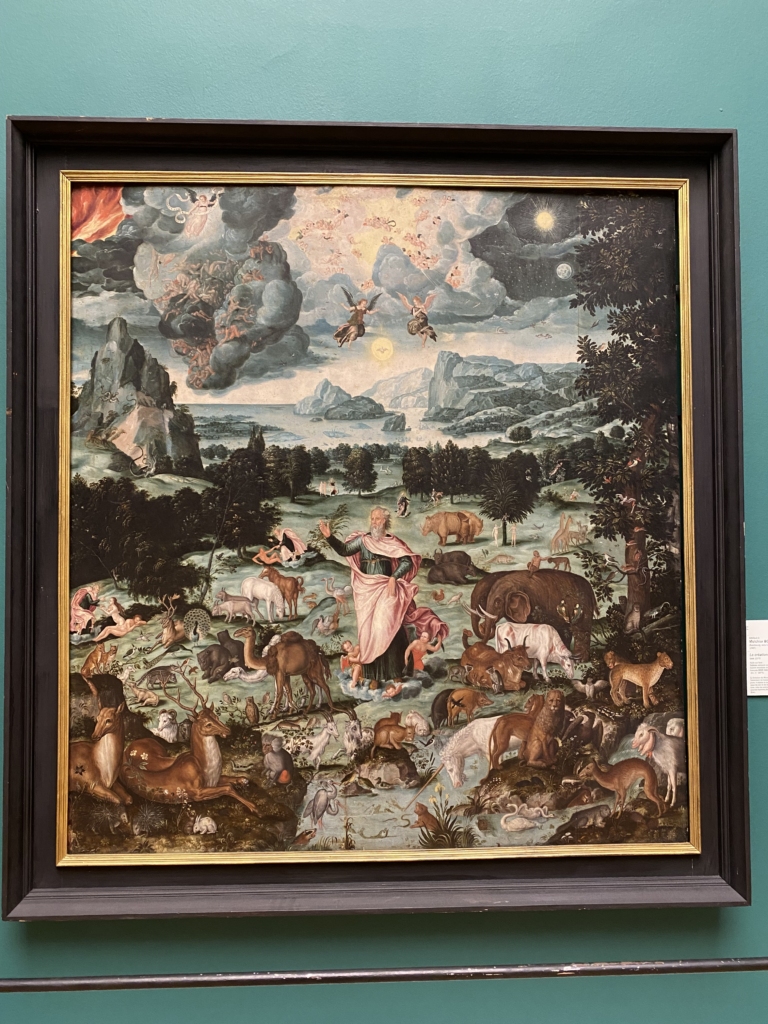
This is where my stay in Strasbourg ends! During the first days, I wondered what I was going to discover about Europe, we, who have been studying its history since we were children, and I, who fall in love with this diversity to the point of studying it more in depth and making it one of my life quests.
While travelling through these countries, I discovered what made each of them authentic: history, gastronomy, traditions… yet, there is indeed a field that connects them all, the arts, and by that, I also mean what is kind of metaphysical, unexplainable, the seconds that people share together in a same time and place, what was left behind decades ago and that we are discovering today with a new glimpse. This is art. It may be subjective, but by visiting all these museums, wandering the streets in a curious and a bit lost way, I got closer to what the people who live there on a daily basis can feel, what weight they’re holding on their shoulders, what story comes to their mind, what beats in their heart. The Unknown to which I offered myself when I left made me understand that we are indeed very different, but in a way that links us without scientific explanation. Everything is there, in front of us, maybe in each one of us too; and it made me realize that the share of history that each of these cities is holding, the architecture, the musicians, the artists, the historical and human heritage, all together, they – we – form a great and colorful mosaic.
My weekend in Strasbourg ended with the annual illuminations of Notre-Dame Cathedral, which made me think that to Old and New, Past and Present must compose together, because it can create beautiful surprises if not new experiences!
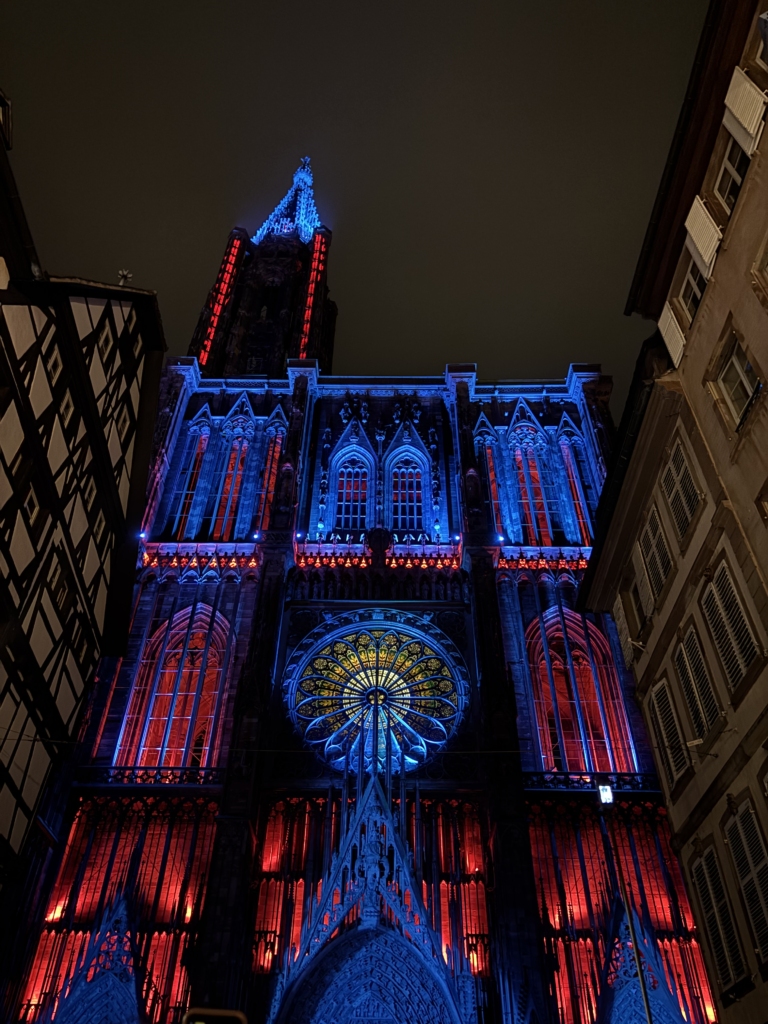
Thank you for following my trip, I hope that these thoughts have brought you a few drops of light, in the same way that I learned a lot by reading and visiting museums to bring you the most truthful information!
Special thanks to the entire OWHC team, without whom it would not have been possible, as well as to Paula, Florence, Karolina, Suzanne, Dagmar and Marion who enlightened me on the subjects and places that animate them! It is sometimes said of teaching that its purpose is not to fill the vase, but to light the flame and the mind; and rightly so, each of them changed me in a way that means a lot and I will remember every second of it. To you, I say: thank you!
I am looking forward to hear from you someday, and in the mean time, I wish you a beautiful life path!
Sophie


